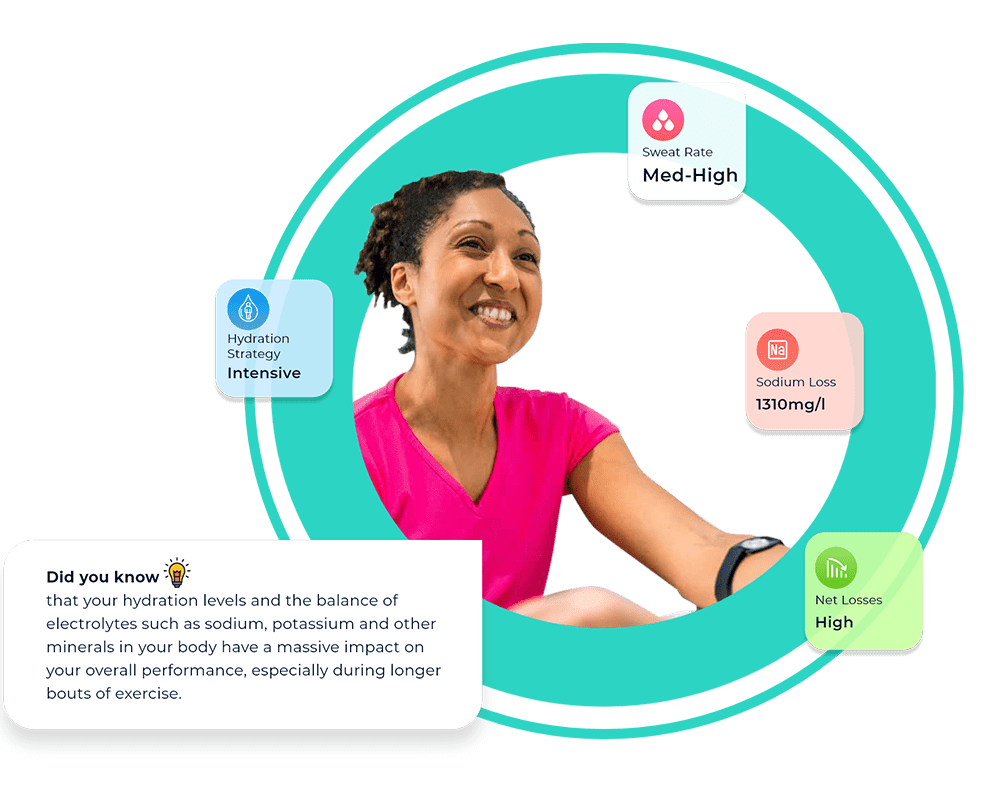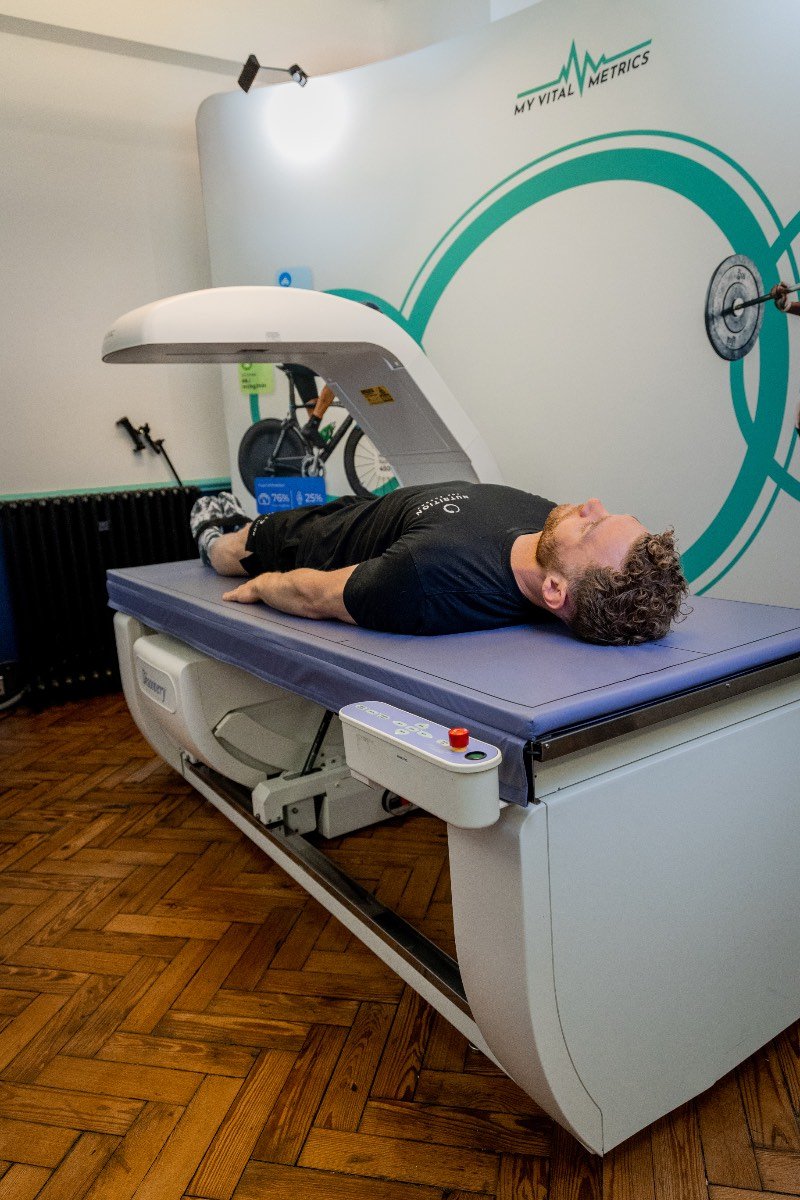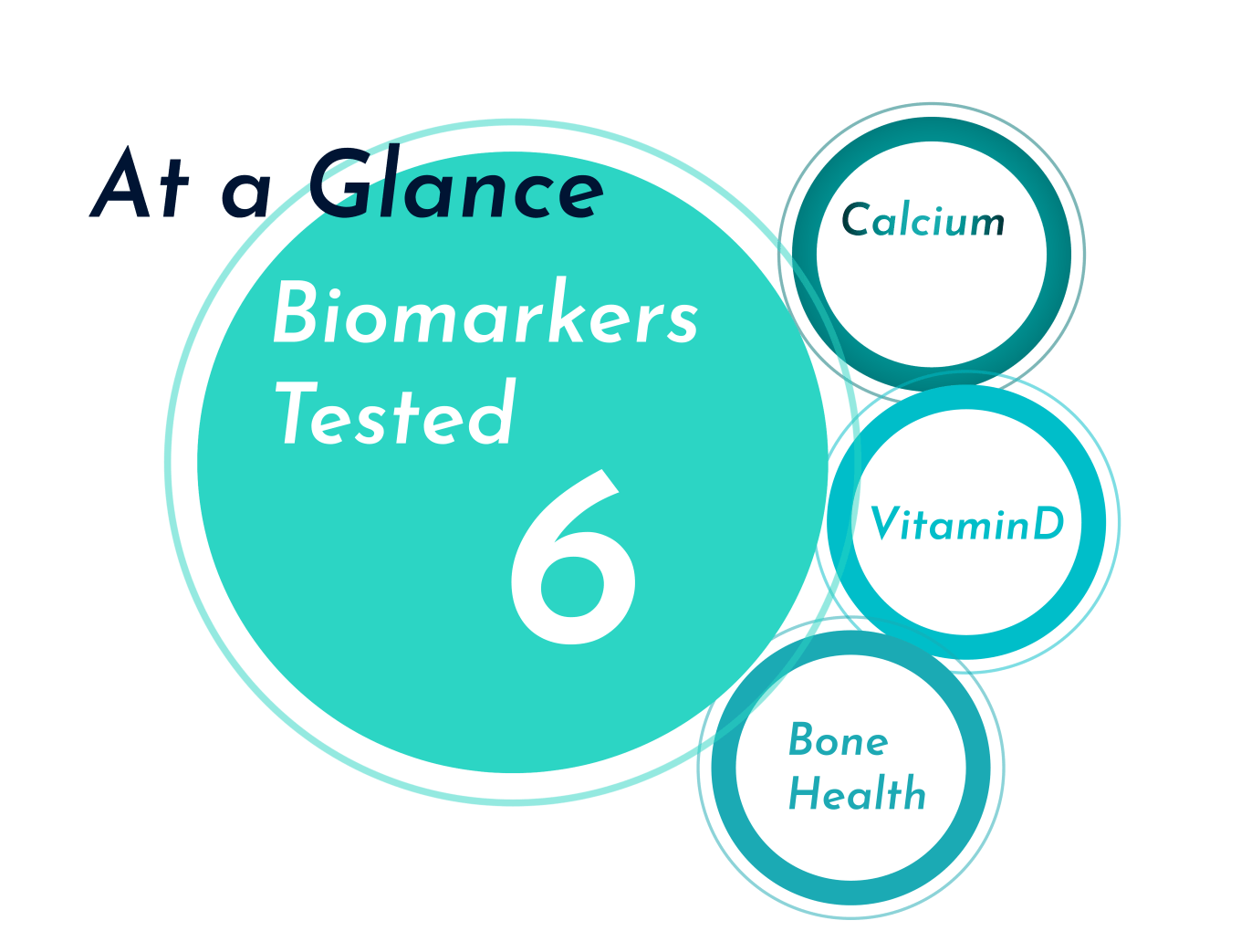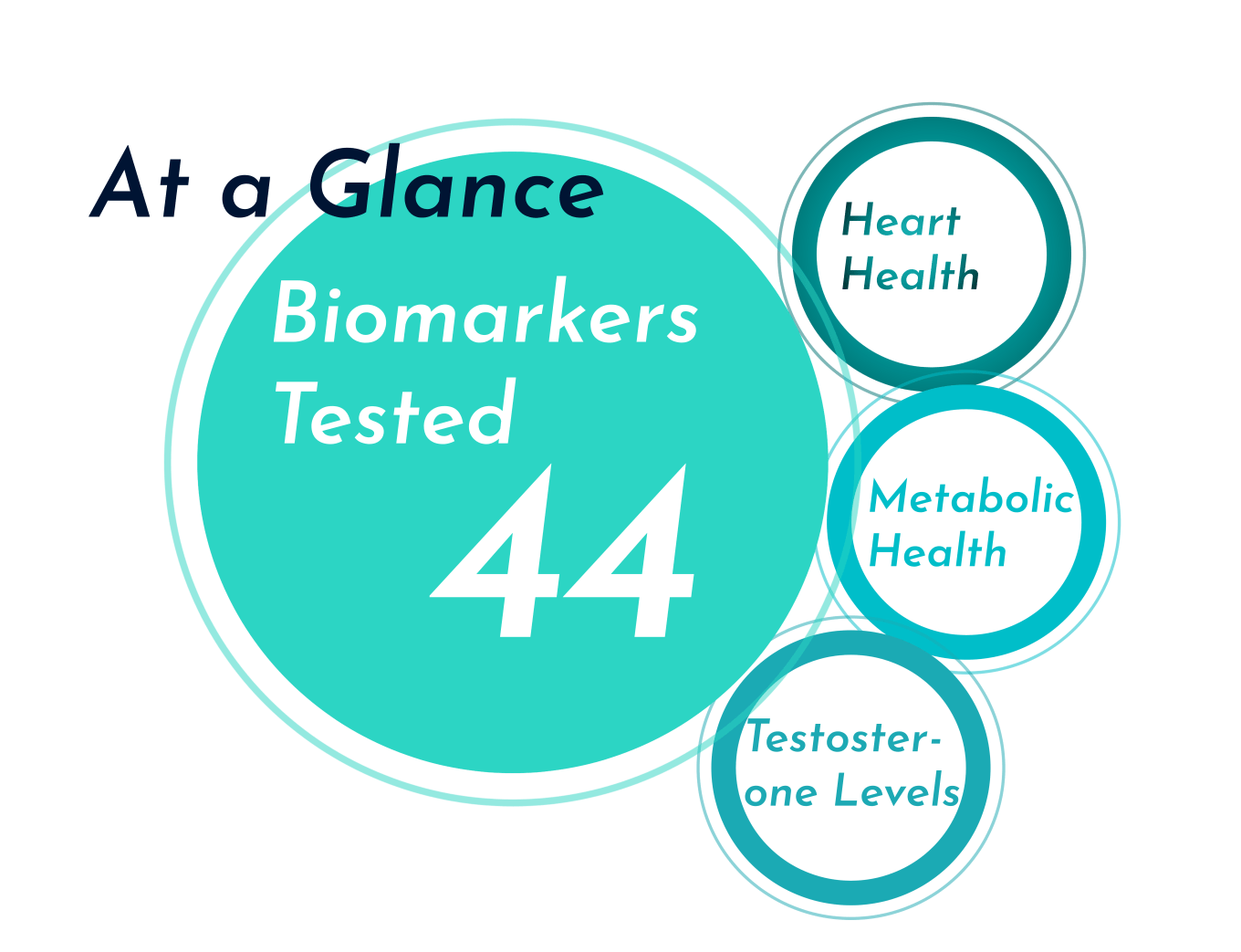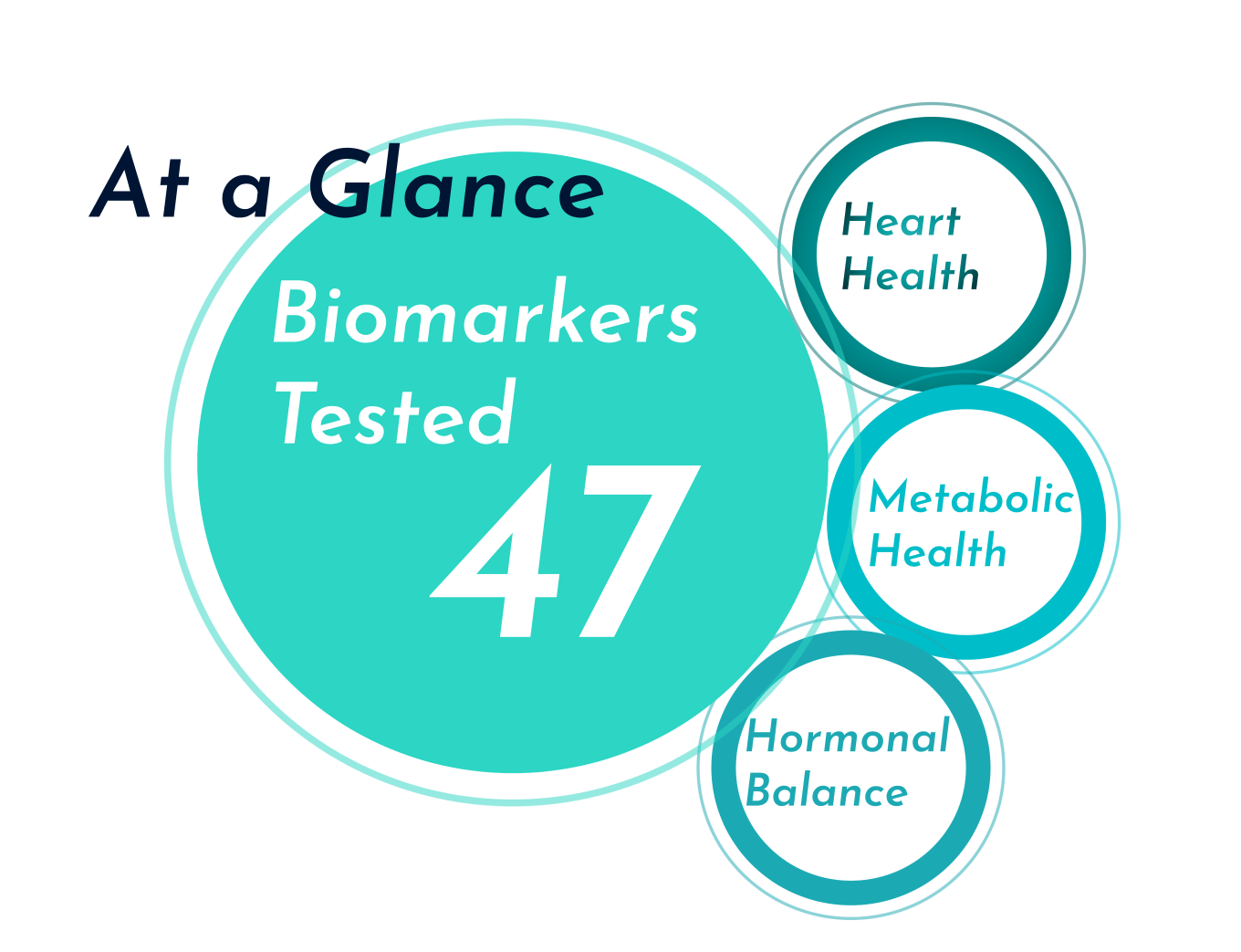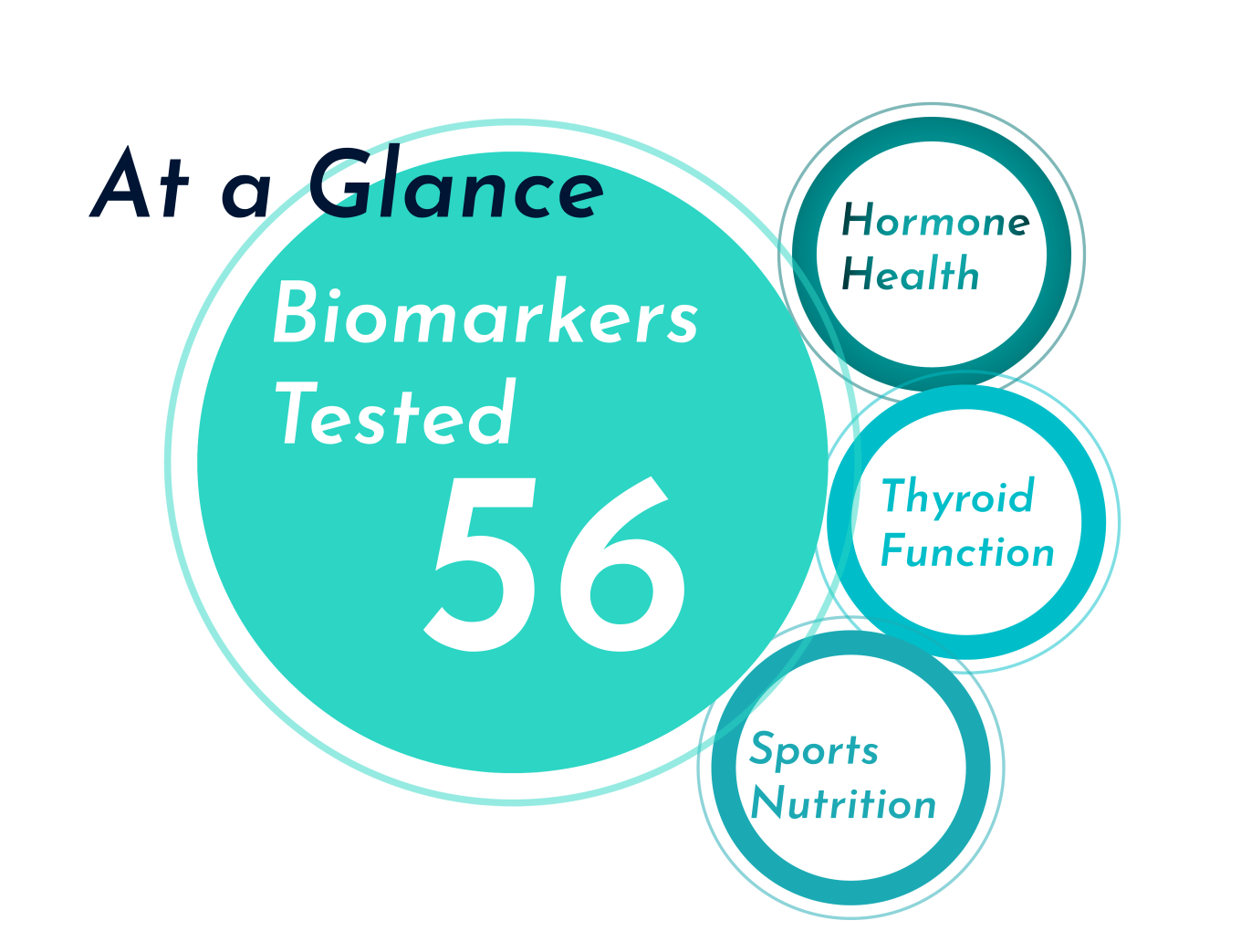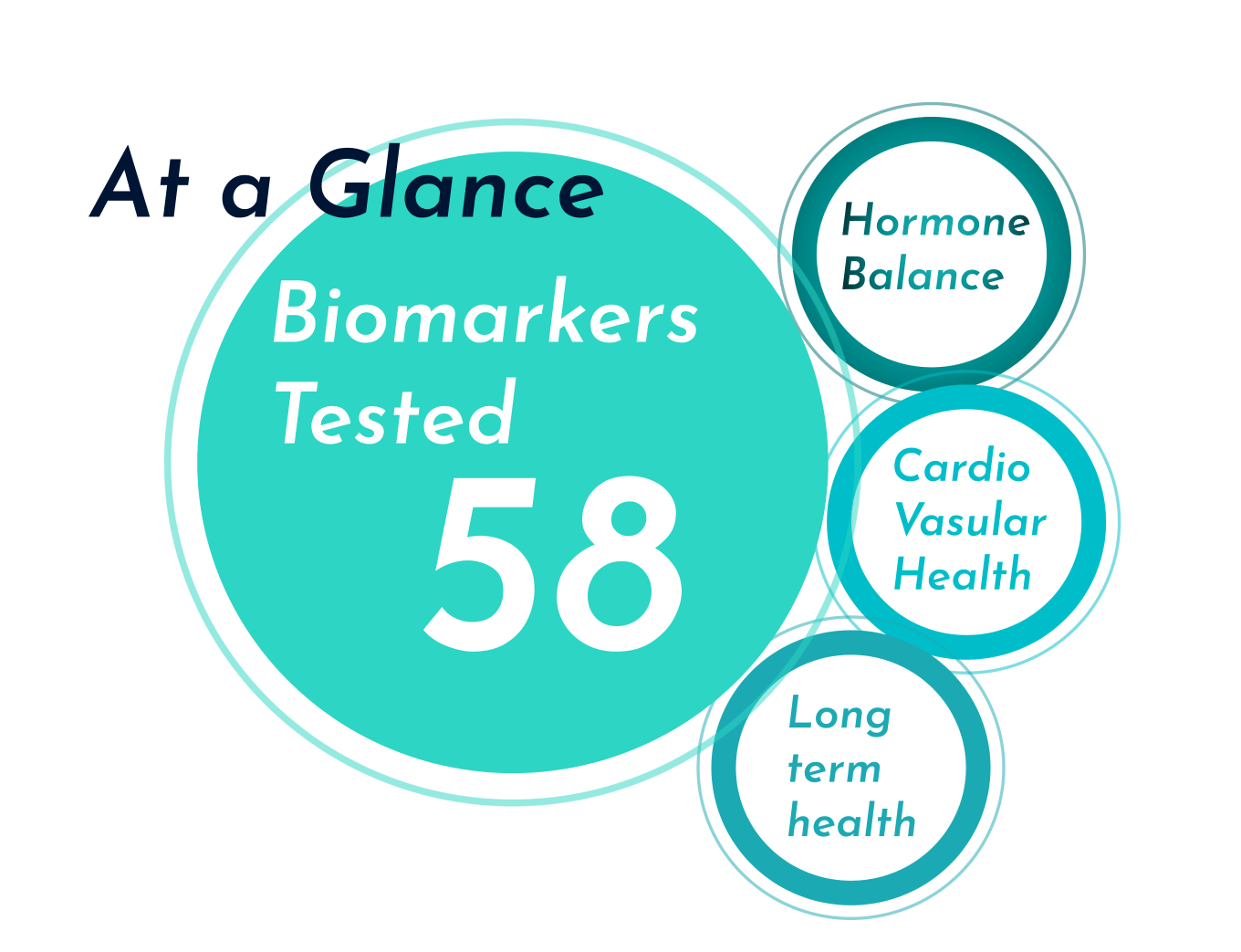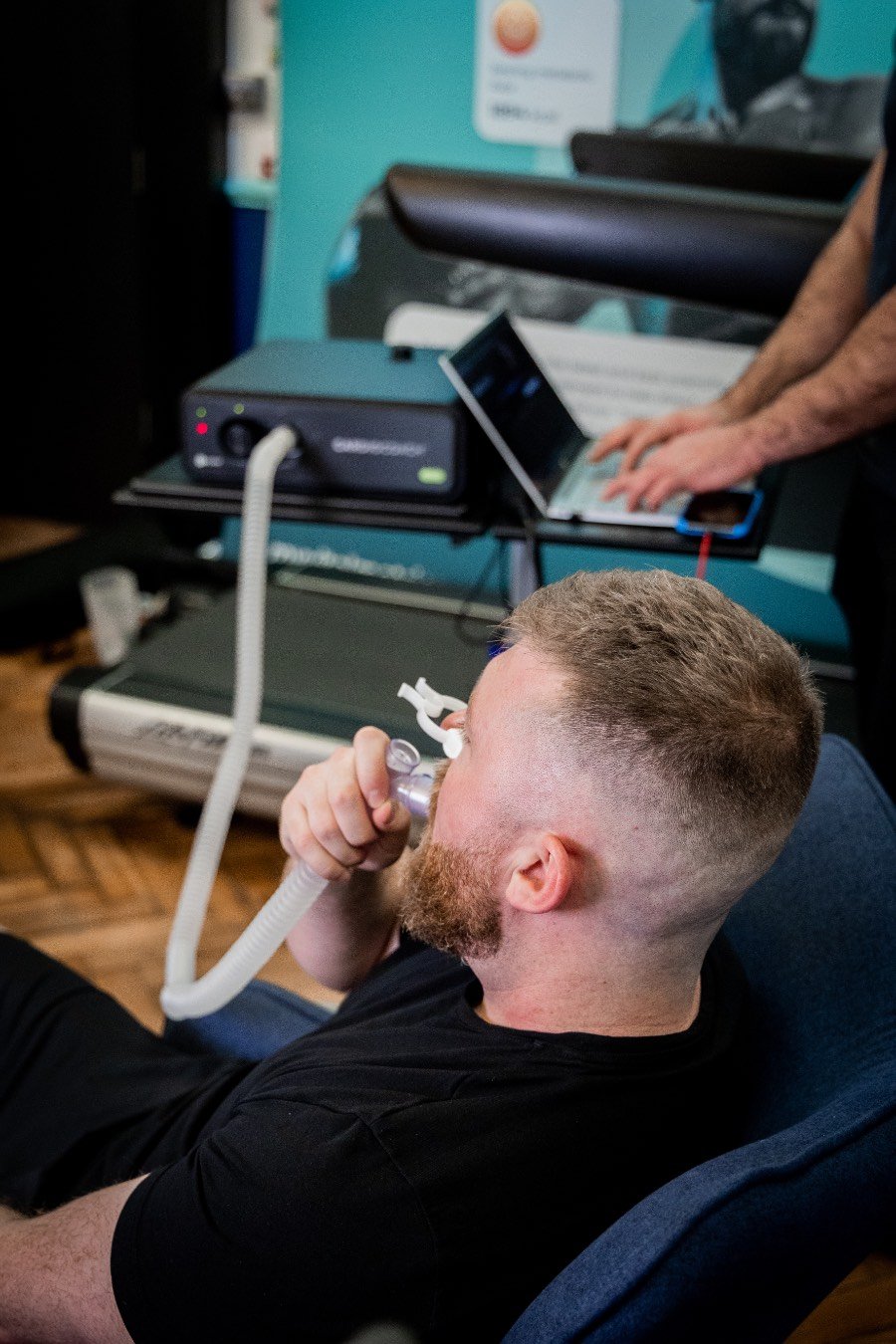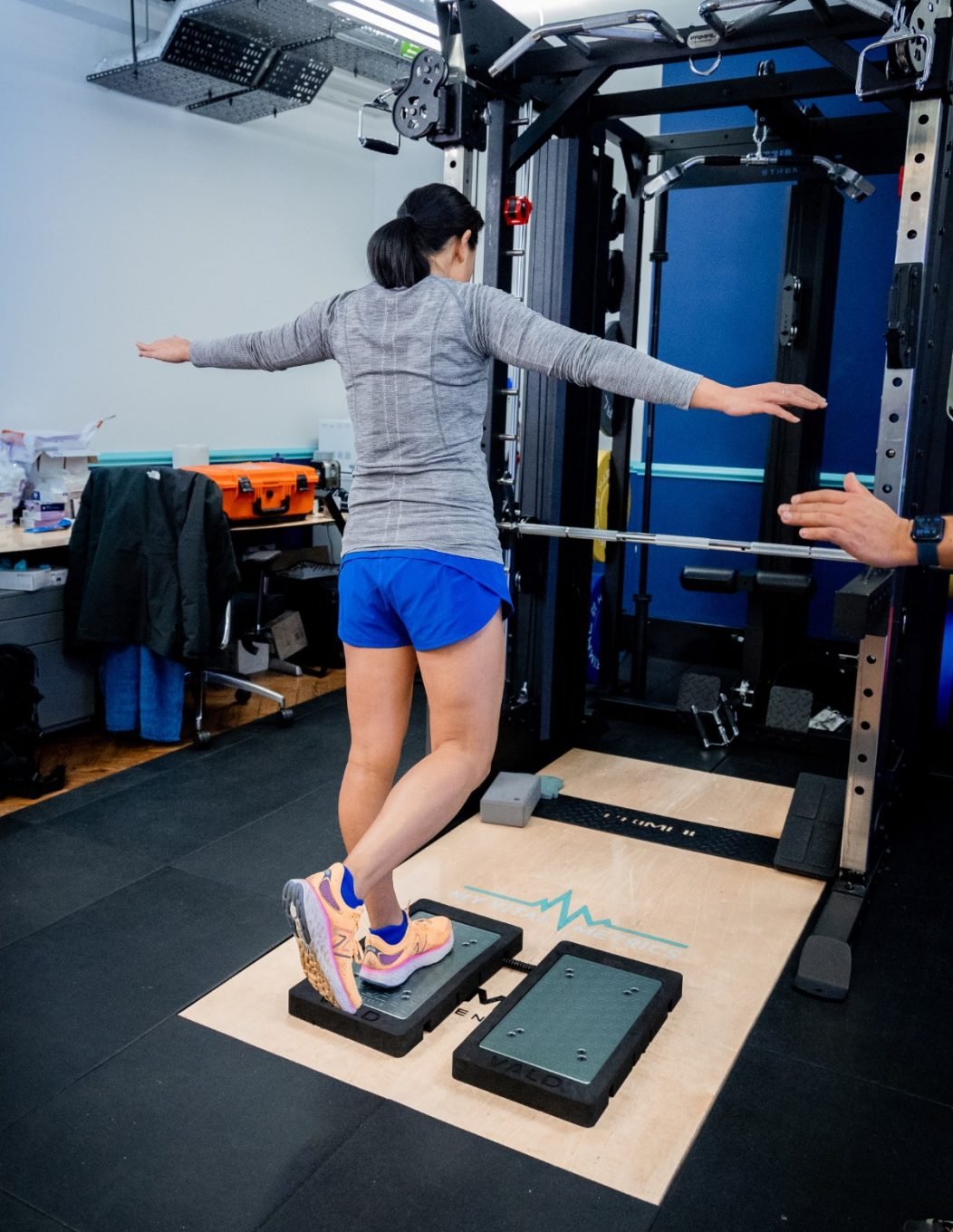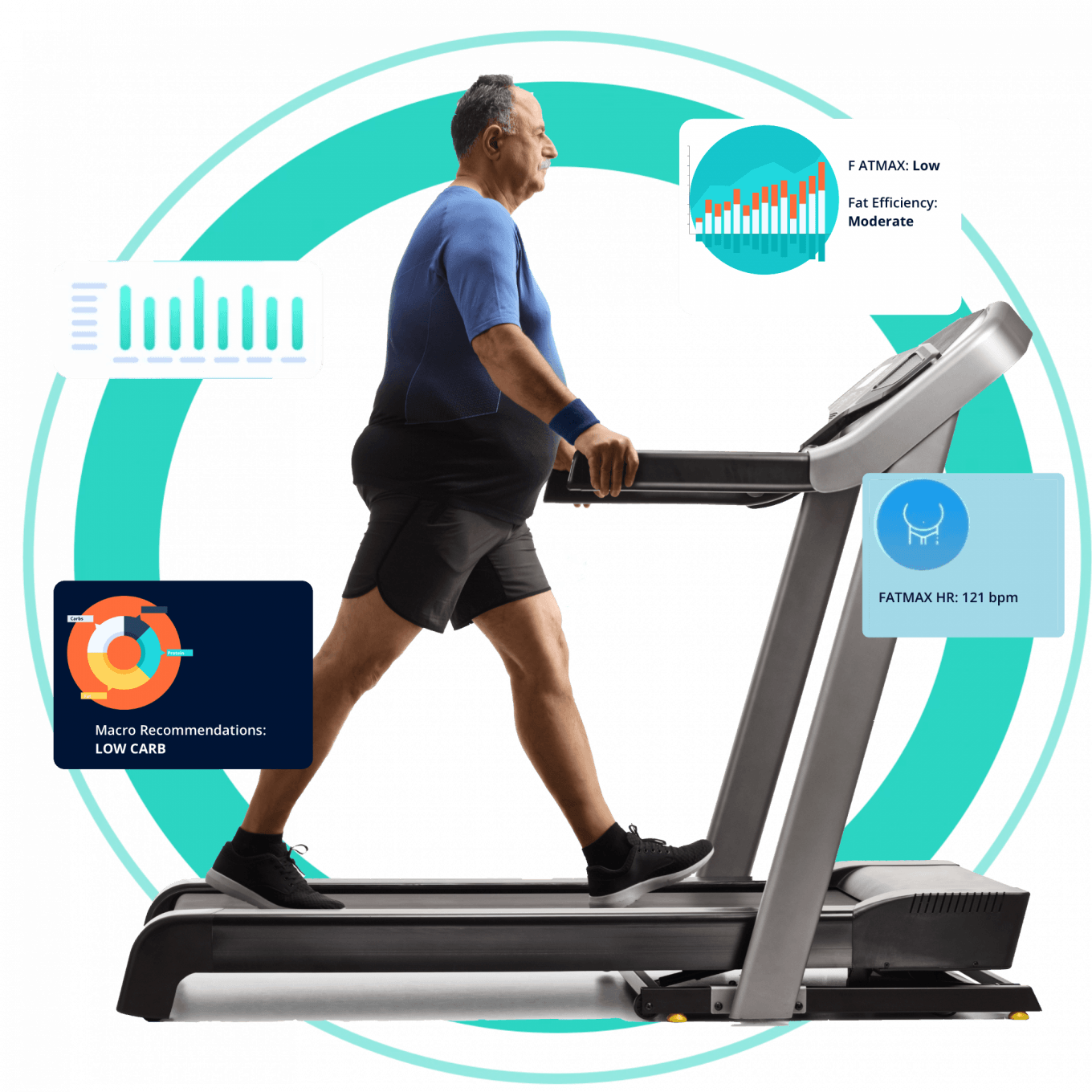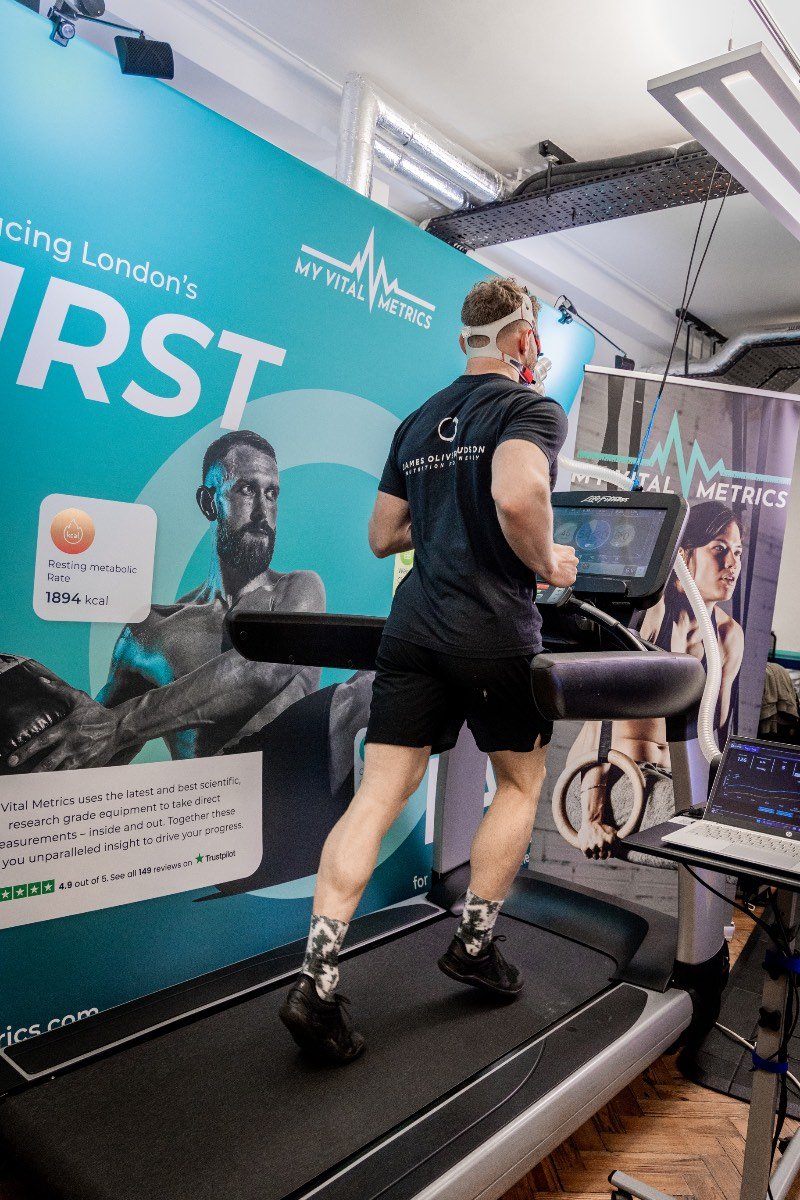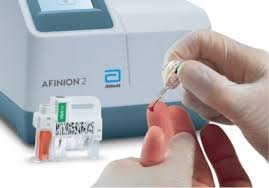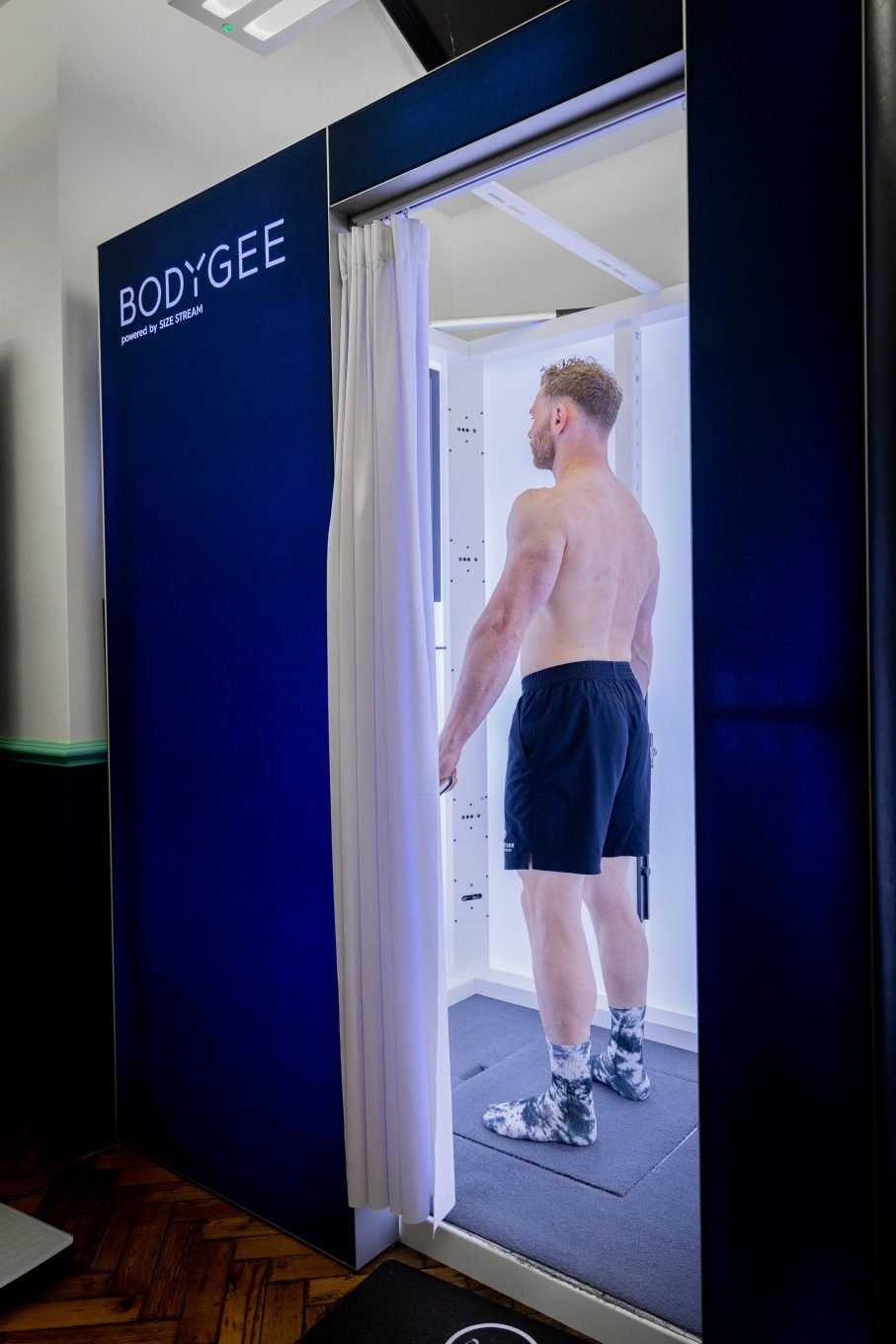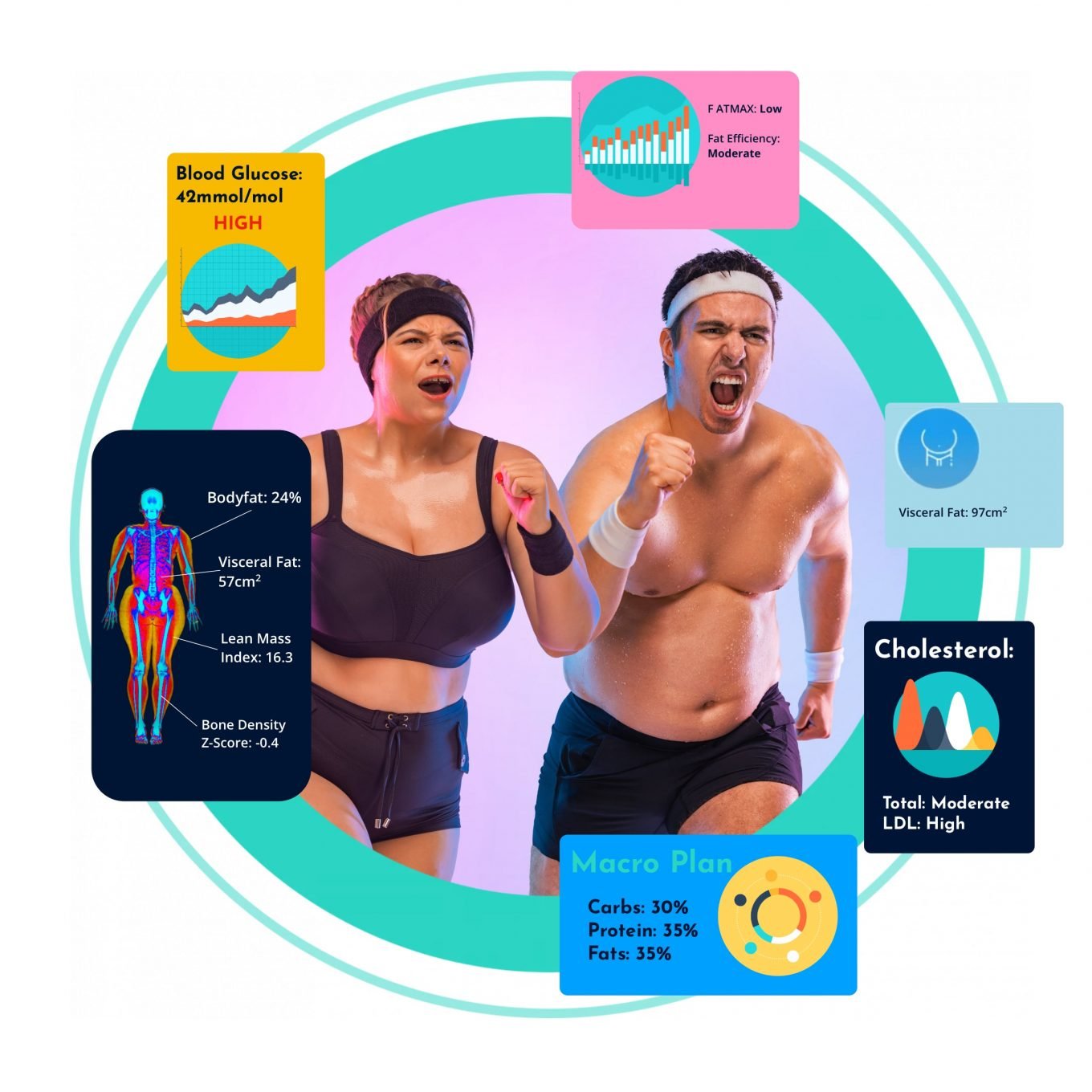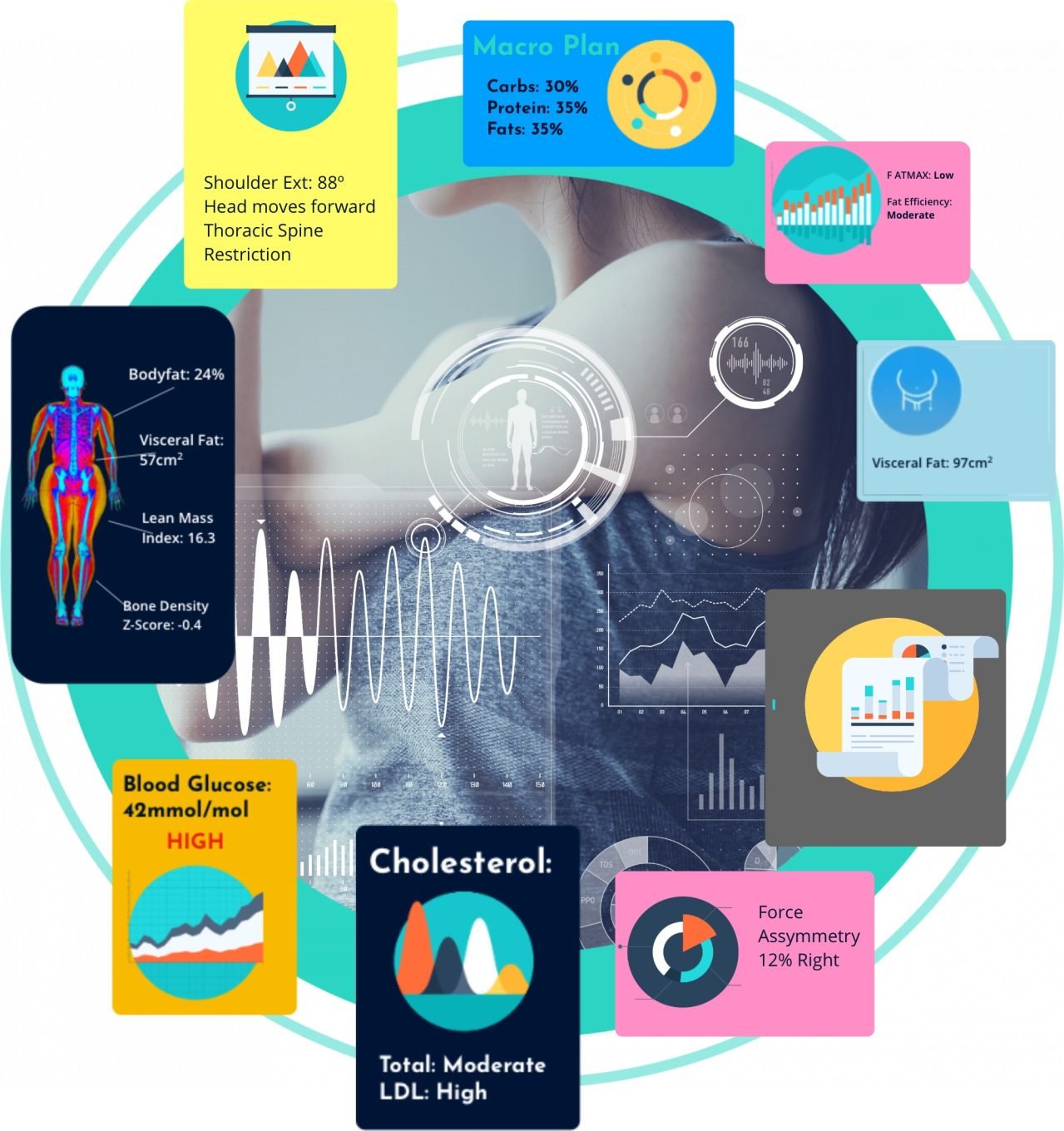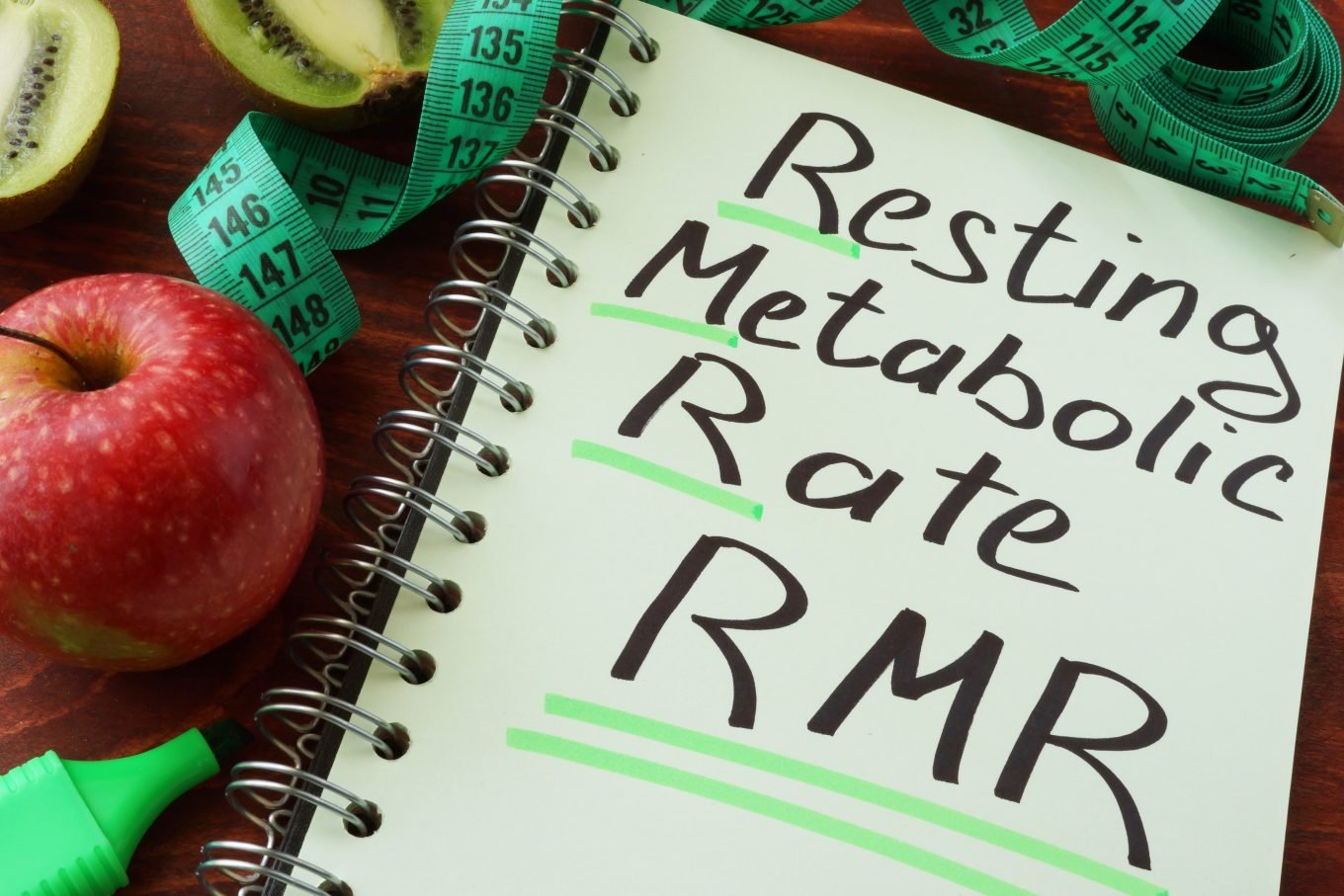Your resting metabolic rate reflects the energy you require at rest – before work, exercise, chores, and more. Living busy lives means that our RMR is often considerably less than our total daily energy expenditure (TDEE) – the amount you would need to match to maintain your current weight.
However, having an accurate measurement of RMR can make it drastically easier to estimate your caloric needs after exercise and other daily activities, making it easier to work towards goals for weight loss, weight maintenance, weight gain, or body recomposition.
If you’re confused about what metabolism is or how to calculate your energy expenditure needs, this is the article for you. We’ll take a look at what metabolism is, how you can measure it with RMR testing, and how RMR testing compares to other options – such as online calorie calculators.
What is Metabolism?
Metabolism is the series of chemical reactions that occur with the cells of organisms – including humans – that facilitate the conversion of food into usable energy.
We need energy for every element of life: not just exercise, but also the everyday tasks of living: breathing, pumping blood around the body, growth and repair, and much more.
Metabolism includes two complementary processes that work in tandem:
- Anabolism: the building of simple molecules into more complex ones (for example, if we consume more food than we need for that day, this may be stored as fat)
- Catabolism: the breakdown of larger molecules into simpler ones (for example, breaking down carbohydrates, fats, and proteins from food into glucose)
How efficiently these processes occur depends on our metabolic rate.
What is metabolic rate?
Metabolic rate refers to how efficiently your body carries out metabolic processes. When we talk about someone having a “high metabolism”, we’re talking about these processes being used more efficiently than in someone with a “low metabolism”.
Many factors affect metabolic rate, including:
- Age
- Sex
- Weight
- Body composition (including the total amount of lean mass)
- Activity level
- Hormone function
- Environmental temperature
- Infection and illness
- Substances (such as caffeine, nicotine, and recreational drugs)
- Dietary deficiencies
- Genetic predisposition
Some of these factors are within our control, while others aren’t. Understanding metabolic rate is invaluable to managing your caloric requirement as you work towards a fitness goal.
What’s the benefit of knowing my metabolic rate?
There are many benefits to having an accurate sense of your metabolic rate. With an accurate RMR measurement, you can:
- Accurately assess your caloric requirements
- Plan your nutrition towards weight loss, maintenance, or gain
- Understand how your activity level affects your energy requirements
Think of an RMR test as one tool in your toolkit as you work towards your goals.
Is resting metabolic rate the same as basal metabolic rate?
Both basal metabolic rate and resting metabolic rate refer to the same value: the number of calories your body needs to perform the functions required to sustain homeostasis, when at complete rest.
However, since metabolic is an internal metric which can’t be observed directly, there are multiple methods of measuring it indirectly. Depending on the method used to measure metabolic rate, different terminology is used to describe the resulting metric – RMR or BMR.
BMR testing involves testing your metabolic rate immediately upon waking, before you move around, after having spent the night in a sleep lab.
RMR testing involves testing your metabolic rate in a typical lab setting, where you would typically have gotten up, moved around, and travelled to the lab before the test.
These values are essentially the same, but RMR testing is more accessible outside of research settings – an RMR test is a great choice for anyone looking to accurately assess their metabolism and determine their caloric expenditure at rest.
What is the difference between RMR and TDEE?
If you’re looking to track your calorie intake and expenditure, understanding the difference between BMR, RMR, and TDEE can help ensure you do so accurately.
Basal Metabolic Rate (BMR) or Resting Metabolic Rate (RMR): Daily energy expenditure at complete rest. This typically accounts for approximately 80% of total energy expenditure.
Thermic effect of food (TEF): Also known as thermogenesis, TEF is the amount of energy your body needs to digest and process food and drink. TEf typically accounts for 5-10% of total energy expenditure.
Exercise energy expenditure (EEE): The energy used during exercise. This is calculated in METS (metabolic equivalents) and varies depending on your weight, and the type, duration, and intensity of the exercise completed.
Non-Exercise Activity Thermogenesis (NEAT): The energy expended during non-exercise activities of daily living, such as commuting, completing chores, standing, fidgeting, etc.
Total Daily Energy Expenditure (TDEE): BMR + TEF + EEE + NEAT
Your TDEE is an estimation of your total caloric requirement for a given day.
Since RMR makes up such a significant portion of your TDEE, ensuring this portion of the calculation is accurate can make a real difference to how accurately you’re able to manage your caloric intake and expenditure.
How Do You Calculate Your Basal Metabolic Rate or Resting Metabolic Rate?
BMR and RMR can be estimated (using generalised tools such as online calculators) or measured (using an in-person test). It’s important to consider that while online calculators are convenient, accessible, and fast, in-person RMR testing is vastly more accurate as it’s personalised to your specific body. Here at My Vital Metrics, our TDEE calculator is designed to give you the most accurate estimate of your caloric needs — with or without that extra data from an RMR test.
BMR Calculators
A basal metabolic rate calculator (BMR calculator) can provide you with an estimate of your basal metabolic rate.
Two popular formulae for estimating BMR are the Mifflin-St Jeor and Harris-Benedict equations. These equations take into account your age, height, weight, and sex assigned at birth to give an estimate of your BMR.
To calculate your BMR using the Harris-Benedict equation:
Female: BMR = 655 + (9.6 × weight in kg) + (1.8 × height in cm) – (4.7 × age in years)
Male: BMR = 66 + (13.7 × weight in kg) + (5 × height in cm) – (6.8 × age in years)
BMR calculators such as these can offer a rough estimate of your BMR. However, they don’t take into account factors such as body composition or activity level, which can have a significant effect on your BMR. In particular, BMR calculators may overestimate the metabolic rate of those carrying extra fat mass, and underestimate the metabolic rate of those carrying extra muscle mass.
To take into account your specific circumstances and body type, you’ll need to test your metabolism directly – rather than estimate it using an equation.
How is Resting Metabolic Rate Measured?
Both BMR and RMR can be measured using two methods: direct calorimetry and indirect calorimetry.
Direct calorimetry involves measuring the amount of heat let off by the body during aerobic and anaerobic respiration. This type of BMR test needs to be conducted within a tightly controlled environment known as a calorimeter, which is both restrictive and time-consuming. For this reason, direct calorimetry is typically only used in research settings.
Indirect calorimetry is a more accessible test method which involves taking measurements of gas exchange while at rest. This type of test might be carried out in health settings or commercially to inform health and fitness goals.
What is an RMR test?
When carried out using indirect calorimetry, an RMR test is a simple and non-invasive type of health and fitness test that can be carried out in a specialist lab or fitness facility.
The test must be performed at rest, usually with the test-taker lying down or in a reclined position. An oxygen mask measures oxygen saturation in the test taker’s inhaled and exhaled air. From these measures of gas exchange, the test-taker’s energy expenditure can be calculated.
The test takes approximately 15 minutes to complete and provides an accurate, measured calculation of resting metabolic rate. At the end, you’ll receive a report detailing exactly how many calories you burn at rest.
Are RMR tests accurate?
RMR testing is a highly accurate method of determining metabolic rate, with an error rate of less than 1%.
When compared to online BMR calculators, in-person testing is vastly more accurate. RMR testing takes into account factors such as body composition, muscle mass, hormone profile, and metabolic function.
Book Your Resting Metabolic Rate Test at My Vital Metrics
Understanding your metabolic rate is key to accurately understanding your energy expenditure and caloric needs. Whether you’re interested in weight loss, body recomposition, fuelling your body well, or all of the above, a resting metabolic rate test is an invaluable tool in kickstarting your journey.
At My Vital Metrics, our RMR tests use indirect calorimetry – the gold standard for RMR testing – to ensure we offer you precise results. To skip the guesswork of online calculators and accurately measure your metabolism, book an RMR test with My Vital Metrics today!
